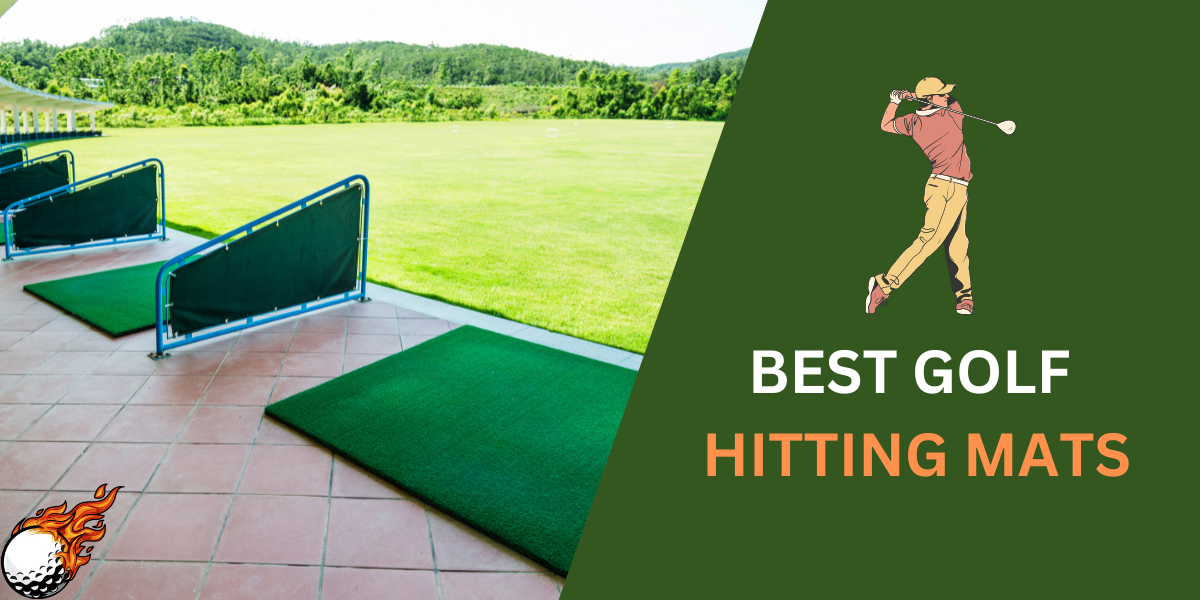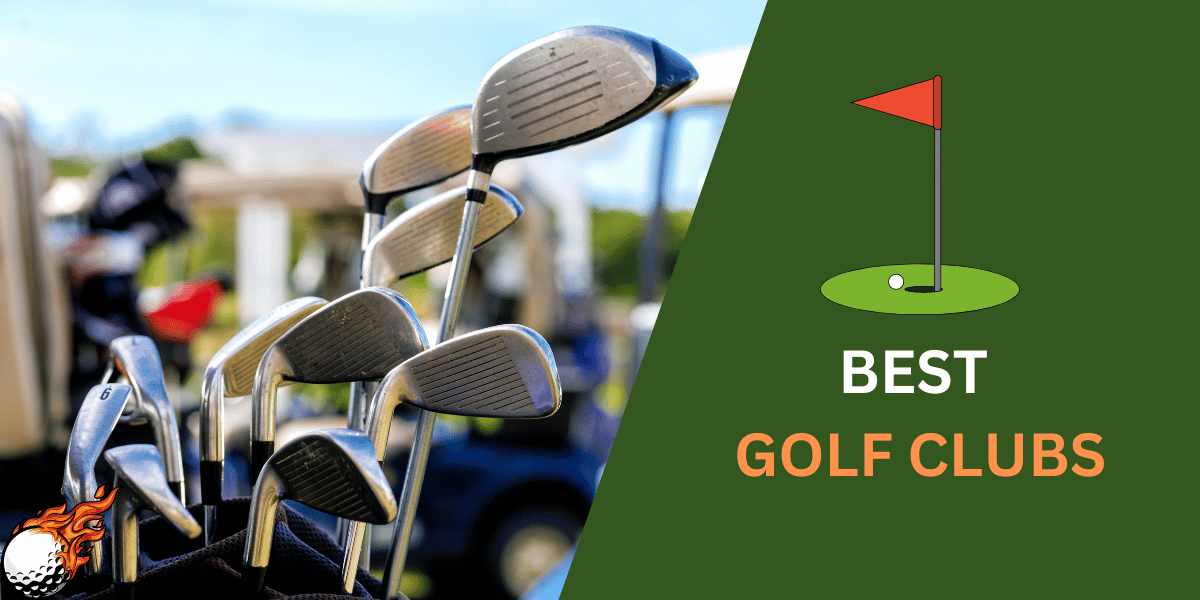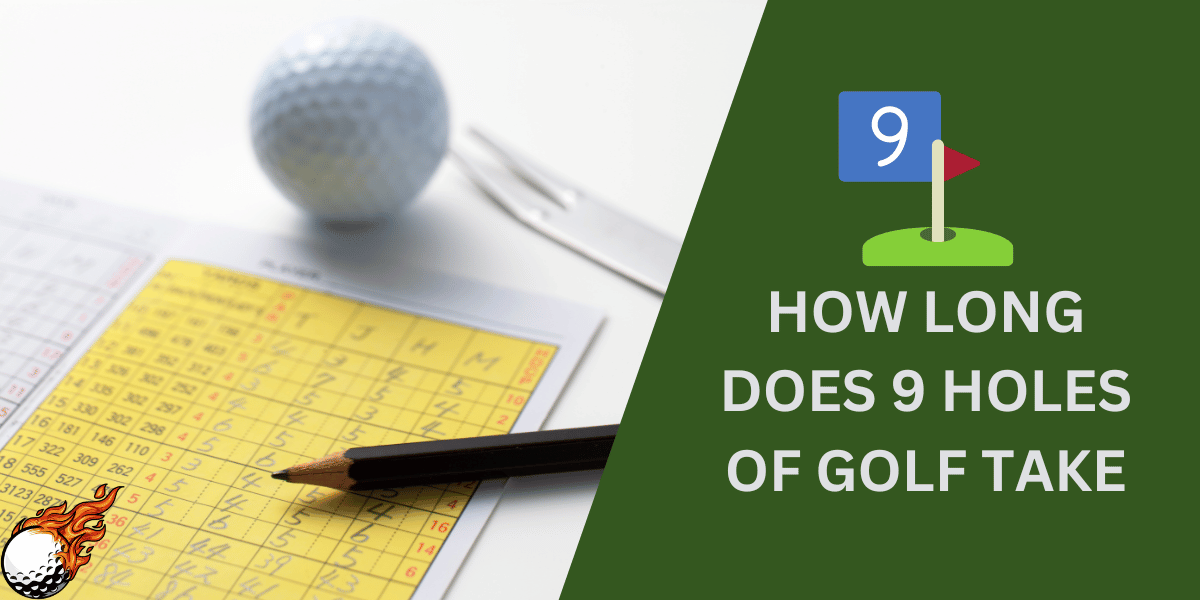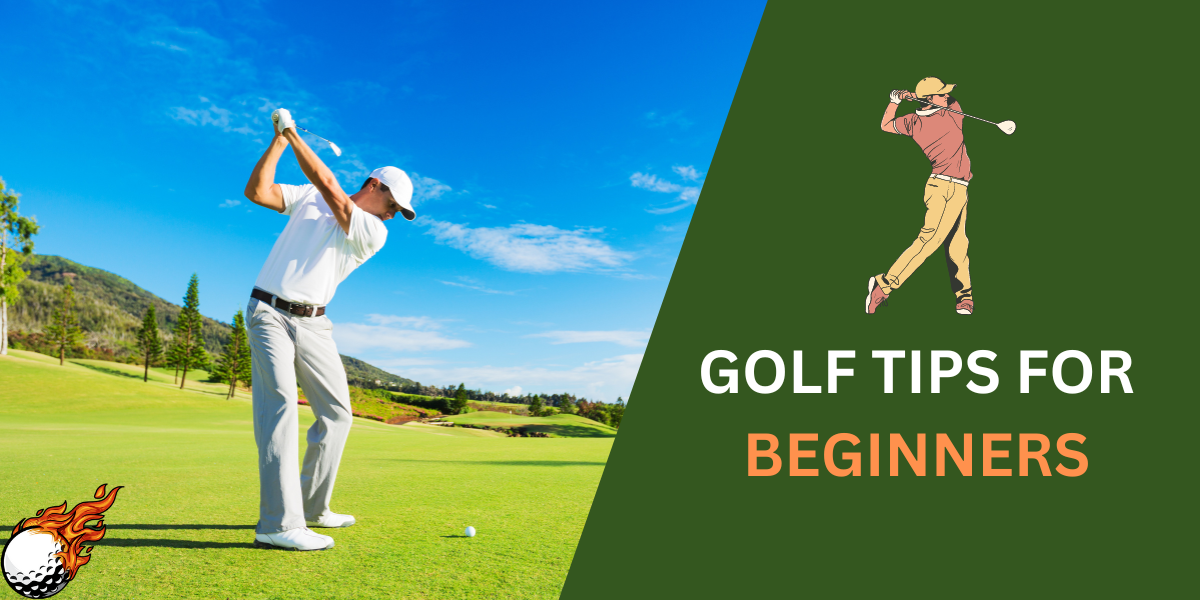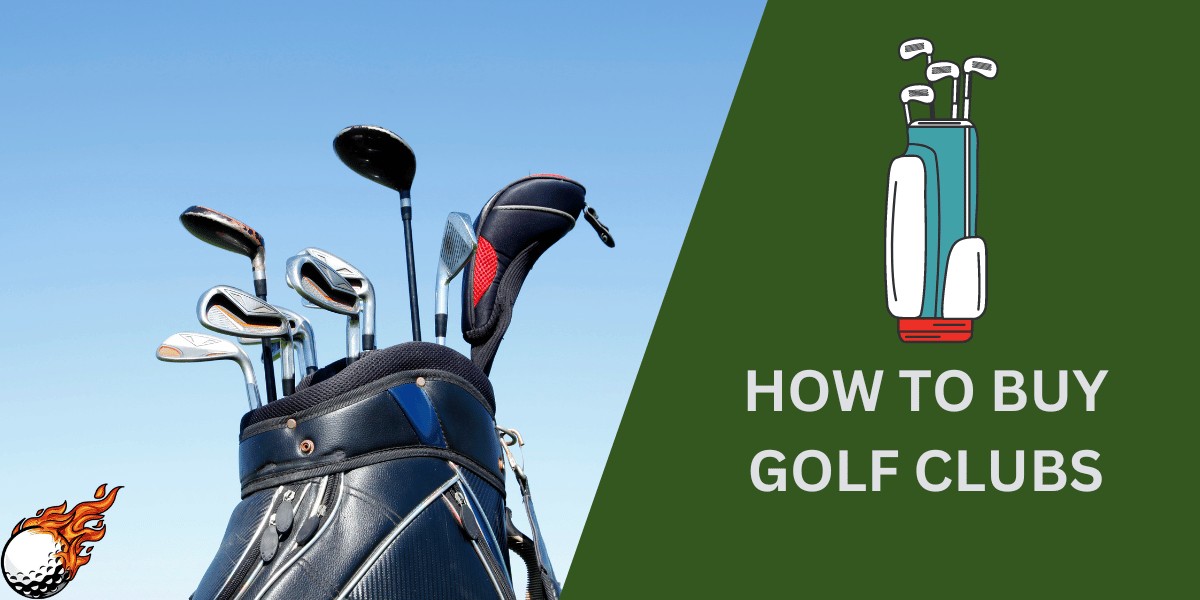
Ever hit a perfect tee shot, only to watch that golf ball curve way off to the side? It’s frustrating!
Wouldn’t it be excellent to control the golf ball’s flight and curve it on purpose?
That’s where the fade comes in. It’s a golf shot where the ball gently arcs from left to right (if you’re a righty).
This controlled shot shape can help you avoid trouble and land closer to the pin.
Think of it as using your golf club’s swing path to put a little spin on the ball, just like a pro. Want to learn how?
Let’s dive into how to hit a fade (and why it’s different from that annoying slice or a draw golf shot).
A fade in golf is a particular shot where the ball starts a bit left of your target and then curves gently to the right (if you’re a right-handed golfer).
It’s a controlled shot, not a wild slice.
Think of it as using your swing to give the ball a little spin.
The fade can help you avoid trees, hold your line in the wind, and land closer to the hole!
Defining the Fade
Let’s get down to the basics of what a fade is. Think of it like this:
- The Gentle Curveball: A fade is a golf shot in which the ball starts slightly left of the target line (for right-handed golfers) and then curves gently back to the right during flight. It’s a controlled shot shape, not a wild hook out of bounds.
- Fade vs. Slice: A slice is like a fade’s crazy cousin. It also curves right, but way too much and way off target. A fade is a controlled, reliable curve.
- Why the Curve? It all comes down to how your golf club moves through the ball (your club path) and where your clubface is pointed slightly at impact. With a fade, your clubface is aimed somewhat to the right of your target while your swing path moves slightly outside-to-in.
Think of it like this: For a straight shot, your swing path and clubface point directly at your target. With a fade, you give it a little twist!
Benefits of the Fade:
- Control: Fades give you more control over where your ball lands
- Obstacle Buster: Need to curve around a tree? A fade can help.
- Golf Course Champ: Many holes on a golf course are designed with a slight curve – a fade can match that shape perfectly.
Want to see the fade in action?
Next, we’ll learn why the fade is an excellent shot in your golf game!
Why Hit a Fade? (Benefits)
The fade isn’t just a cool trick; it’s a handy golf shot! Here’s why it’s worth learning:
- Control is King: Think of the fade as your reliable friend. Unlike a slice that can go anywhere, a fade gives you way more control over your shots’ direction and distance.
- Dodge the Trouble: See those trees on the left side of the fairway? A fade can help you curve your shot around them and stay safely in play. It’s like having a superpower to avoid hazards.
- Wind Warrior: Did you know wind can mess with your golf shots? Fades tend to hold their line better in windy conditions than other shot shapes.
- Soft Landings: Fades generally land with less backspin. This means your ball will stop quicker on the green, giving you a better chance at hitting it close to the pin.
Why the Pros Love It
Even the best players in the world, like Tiger Woods, Dustin Johnson, and Jack Nicklaus, used the controlled fade to win tournaments.
A fade can work for golfers at any level, from beginners to pros!
Let’s break down why the fade is so excellent:
- Reliable Shot Shape: Most golfers naturally miss to the right (for right-handers). Fades work with this tendency, not against it, making them a comfortable option.
- Perfect for Doglegs: Many golf courses have holes that bend slightly to the right (called a “dogleg right”). A fade is the ideal match for this kind of hole!
- Distance Potential: Some golfers can even hit a fade slightly further than their other shots. It all comes down to how the clubface, somewhat open relative to your swing path, interacts with the ball.
Important Note: While the fade is incredible, it’s not the only shot shape. Learning the opposite, a controlled draw (curving left to right), will make you a shot-shaping master!

How to Hit a Fade (Step-by-Step)
Alright, it’s time to unlock the secrets of hitting a fade! Think of it like learning a new dance move – with some practice, the steps will become muscle memory.
The Setup
Before you even swing, let’s adjust a few things:
- Ball Position: Move the ball further forward in your stance than you usually would. This helps create the right kind of swing path.
- Aim the Clubface: Here’s the key to the fade: Open your clubface slightly so it’s pointing a bit to the right of your target (for right-handed golfers). Don’t overdo it; think a slight angle, not wide open.
- Your Body Alignment: Your feet, hips, and shoulders should aim slightly to the left of your target. Imagine a line from your toes pointing left while the clubface points to the right.
The Swing
- The Path Is Key: The most essential part of a fade is the outside-in swing path. When you swing, feel like the club moves slightly from right to left (for right-handers) relative to your body alignment.
- Keep it Open: Focus on keeping your clubface slightly open through impact. Think of it guiding the ball toward that right-to-left flight.
- Follow That Swing: Let your swing finish with your hands and the club pointing to the left of your target.

Remember: It takes practice to get this just right! Start slow and focus on the feeling of the swing, not just where the ball goes.
Pro Tip: Think of swinging along the line your feet are pointing towards while allowing your club face to rotate slightly open through the hitting area.
Practice Drills to Master the Fade
Like learning any new skill, practice is the key to making the fade your go-to shot! Let’s try a few drills:
Drill 1: The Exaggeration
- Wide Stance: Start with a wider stance than usual.
- Open Up Big Time: Open your clubface more than you would for an actual fade.
- Feel the Swing Path: Take some big outside-in practice swings.
Goal: This isn’t about hitting good shots. It’s about getting that faded feeling in your muscles! Gradually narrow your stance and reduce the clubface angle as you get comfortable.
Drill 2: Alignment Stick Power
- Visual Guide: Place an alignment stick on the ground, pointing a bit left of your target, along your toe line. Place another stick parallel to it, about a club width away, to represent your ball position.
- Follow the Lines: Use the sticks to guide your stance and swing path. Focus on swinging along the line of the stick on the ground.
Goal: This will help you train that outside-in swing path that’s so important for a fade.
Drill 3: Half-Swing Focus
- Short and Sweet: Don’t try full swings right away. Start with slow-motion half-swings.
- Clubface Control: Focus on keeping your clubface open as you bring your club back and through the ball.
Goal: This drill helps you master the feeling of keeping the clubface open, which is how you create the spin that makes the ball curve.
Important Note: Don’t get discouraged if you don’t nail the fade instantly. Be patient, keep practicing, and you’ll soon shape shots like a pro!

Mastering the Fade on the Course
Okay, you’ve practiced the fade, and it’s starting to feel good. But how do you use it to improve your scores on the course? Here’s the game plan:
Know When to Fade
- Curvy Fairways: Spot those holes that bend slightly to the right (a dogleg, right). That’s your prime fade opportunity! Match the fade’s curve to the shape of the hole for the best results.
- Trouble on the Left: Big trees or a water hazard guarding the left side of the fairway? A fade can help you steer clear and land safely.
- Windy Days: If a strong wind blows from right to left, a fade can help your ball hold its line and not get pushed off target.
Troubleshooting Time
Even with practice, things don’t always go perfectly. Here’s what to do if…
- Your Fades are Too Big: Check your setup if your shots turn into giant slices. You might be opening the clubface too much or swinging too much outside.
- Your Fades Don’t Fade: If your shots are still straight, focus on keeping that clubface open through impact and following through toward your left side (for right-handers).
Course Strategy Success
The fade isn’t just about hitting a one-shot shape. It’s about knowing how to use it wisely! Before you play a round, look at the course layout and identify a few holes where a fade would be the intelligent choice.
Remember: Don’t try to fade every single shot! It’s a powerful tool, but sometimes, a straight shot or a different shot shape will be better.
Advanced Fade Techniques
Once you’ve mastered the basic fade, it’s time to level up your game! Here’s a taste of some cool things you can do:
- High vs. Low: Experiment with hitting high fades that soar into the air or low fades that stay under the wind. These shots can be handy for specific situations on the course.
- The Hybrid Fade: What if you could blend a fade and a draw (which curves the opposite way)? That’s advanced shot-shaping mastery! Learning to control both will make you an unstoppable golfer.
A Note for the Pros: Even seasoned golfers can benefit from revisiting the basics of the fade. Sometimes, a simple setup or swing adjustment can make all the difference!
Important: Mastering these advanced techniques takes time and dedication. Start with the basic fade, and once that’s solid, you can explore these next-level skills.
Conclusion
The fade is way more than just a fancy trick shot.
It’s a powerful tool to help you avoid trouble, land closer to the pin, and shoot lower scores.

Remember, the key to hitting a fade is in the setup (open clubface, feet aiming slightly left), the swing path (outside-in), and keeping that clubface open through impact.
With practice and patience, you’ll be shaping shots like the pros!
Imagine hitting a perfect fade around those fairway trees or landing your ball softly on the green, even on a windy day. The fade could be a game-changer.
So, are you ready to give it a try?
Head to the driving range or out on the course and start experimenting with hitting fades. Who knows, it might become your new favorite shot!
Frequently Asked Questions
What’s the difference between a fade and a slice?
A fade is a controlled shot that curves gently right-to-left (for right-handed golfers). A slice is similar, but the curve is much more extreme and unpredictable, often ending up way off target.
How do I know if I need to hit a fade?
If a hole curves slightly to the right (a dogleg right), there’s a hazard on the left side of the fairway, or you’re playing in a right-to-left wind, a fade can be a great shot choice.
Why do my fades turn into slices?
This usually means you’re opening your clubface too much, or your swing path is too far outside-in. Focus on more minor changes to your setup and swing.
Can a fade help with my approach shots?
Absolutely! A fade can land softly on the green, helping you hold the ball close to the pin, even on those tricky approach shots.
How long does it take to learn how to hit a fade?
With dedicated practice, most golfers can develop a basic fade fairly quickly. Mastering the fade for different situations takes more time and patience.


